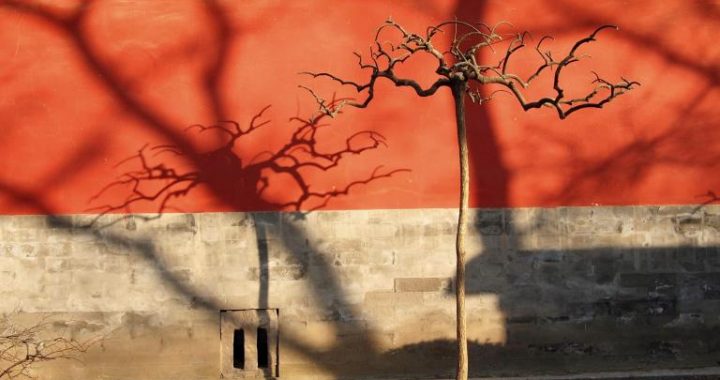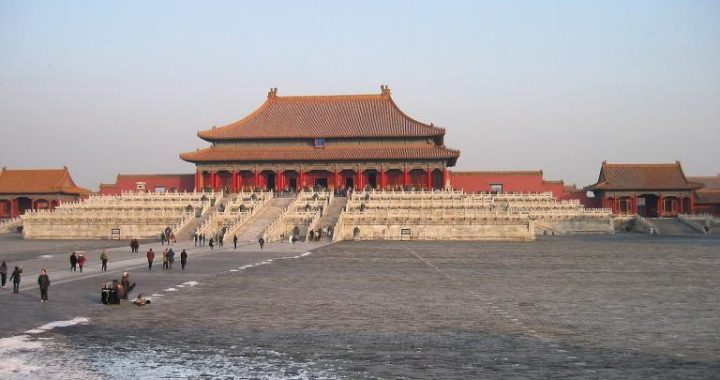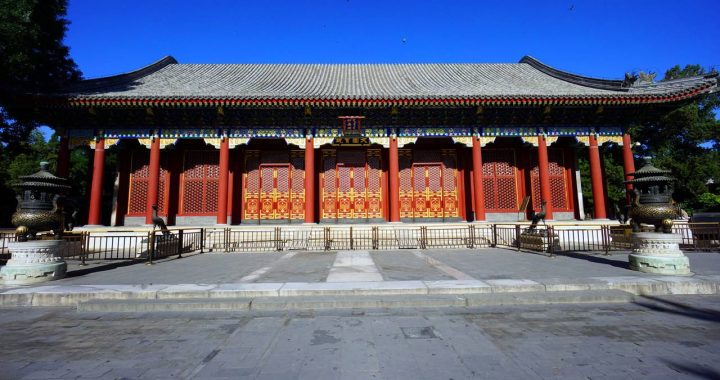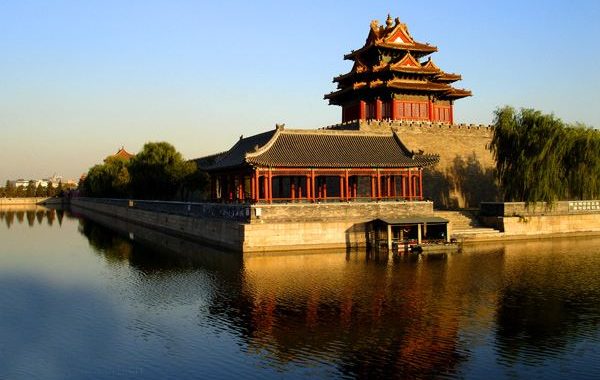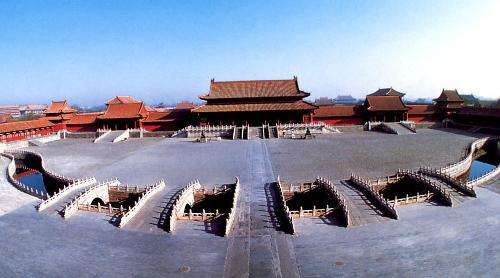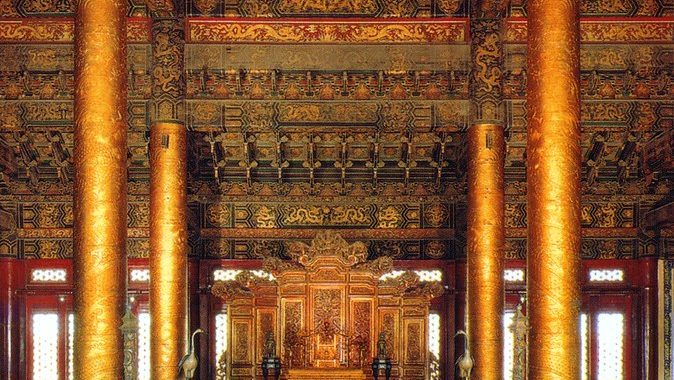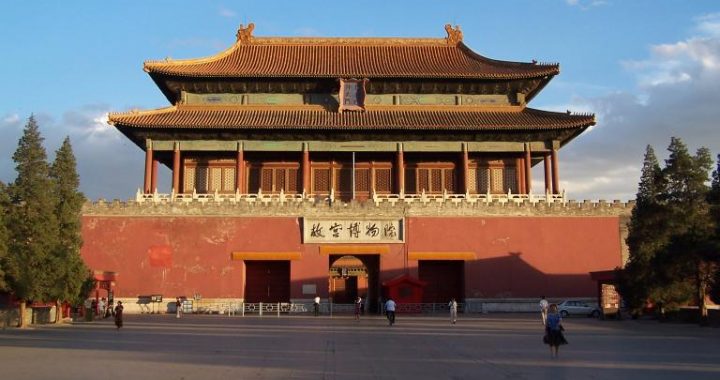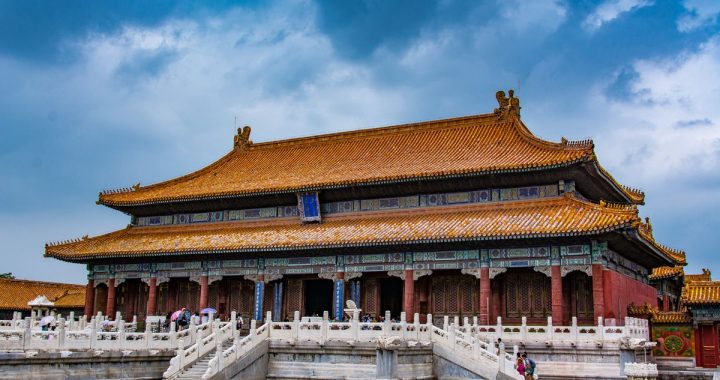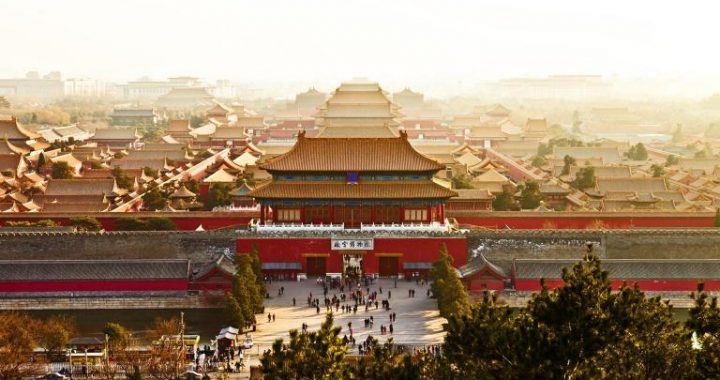Yin, Yang and the Five-element Theory
3 min readThe ancient Chinese philosophers regarded Yin and Yang as two opposing bodies of the world. Yin and Yang work together to make the world run properly. Yang is themain stem(gan), odd number and is superior. Yin is earth (kun), even number and is inferior. The five elements refer to Wood, Fire, Earth, Metal and Water which form the world. The corresponding directions of the five elements are East, South, Center, West and North. The corresponding colors are green, red, yellow, white and black. Woods grow in the east with green colour. The fire stays in the south with red colour. Earth is in the center in yellow, metal west in white and water in the north with the black color.
The five elements generate and overcome each other. The generating order is: Water nourishes Wood; Wood feeds Fire; Fire creates Earth (ash); Earth bears Metal Metal carries Water. The overcoming order is: Wood parts Earth; Earth absorbs Water; Water quenches Fire; Fire melts Metal and Metal chops Wood. The Forbidden City consists of two parts, the Inner Court and the Outer Court. The Outer Court is in the front as Yang in the odd number. Vertically, the Hall of Supreme Harmony, the Hall of Central Harmony and the Hall of Preserving Harmony are three halls.
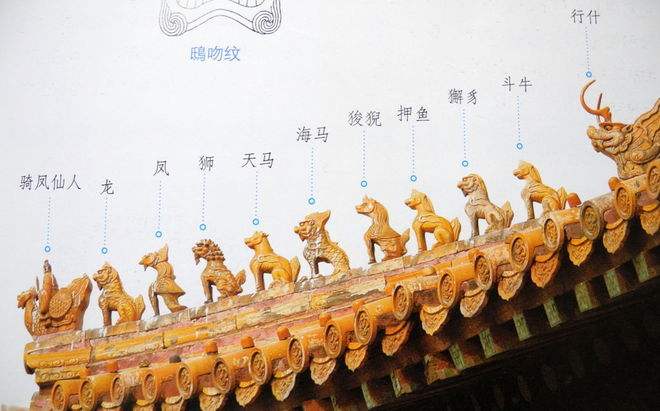
Horizontally, the Hall of Literary Brilliance, the Hall of Supreme Harmony and the Hall of Martial Valor are three halls too. The terrace supporting the main halls has three tiers and is called the three-tiered terrace.
There are five gates in the Outer Court. The Inner Court is behind the Outer Court in even number as Yin. Therefore, in the central axis in the Inner Court, the original plan has only the Palace of Heavenly Purity and the Palace of Earthly Tranquility winged with six palaces in the west and another six in the east. The steps and terraces are all in even number. Through the generating rule of the Five Elements theory, the Hall of Literary Brilliance close to the Gate of Eastern Flower was covered with green tiles. In the gardens of northern part and the areas surrounding Coal Hill, there are woods and flowers to make sure that Water nourishes wood. In the central axis of the Forbidden City, all the main buildings are covered with yellow glazed tiles and their walls were painted red to correspond with the rule”Fire creates earth”. There is almost no tree in the central axis of the Outer Court in the fear that wood may part earth.
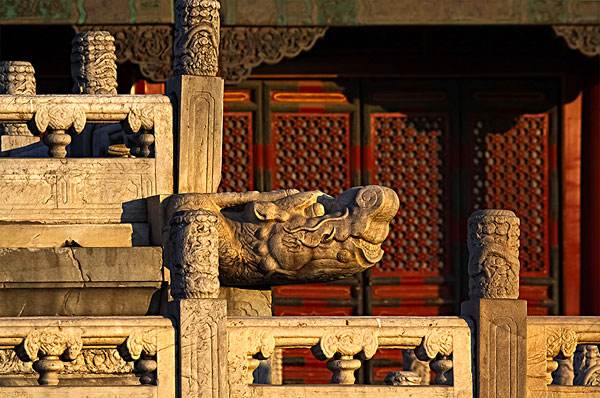
In the architecture, Yin, Yang and Five Elements theory are often known as Feng Shui. Because of the geological feature of Nanjing, the Imperial Palace in Nanjing was not based on a smooth ground which was one reason that caused the Yongle Emperor to move the capital to Beijing. The Feng Shui of the Forbidden City was in the spot light from the very beginning. Generally speaking, Beijing enjoys a good geological setting with Mount Taihang in the north and sea in the east and the northern part of Beijing is higher than the southern part. The northern part of the Forbidden City is about one meter higher than the southern part and the palace is protected by the Coal Hill behind. The water of the Golden Water River comes from the West and goes out through the East which all meets the Feng Shui requirements. Coal Hill is based on the ruins of the Pavilion of Extending Spring of the Great Within of the Yuan dynasty. It served two purposes. One was to protect the northern part of the Forbidden City and the other is to suppress the Feng Shui of the imperial family of the Yuan dynasty. When the Forbidden City was in construction, the remaining Yuan.
forces retreated to the desert preparing a comeback.The location of the Coal Hill is not only the ruins of the Pavilion of Extending Spring but also geometrical center of the Beijing city in the Ming dynasty.It was a thoughtful choice of the designer to make an artificial hill to suppress the Feng Shui of the Yuan dynasty.
